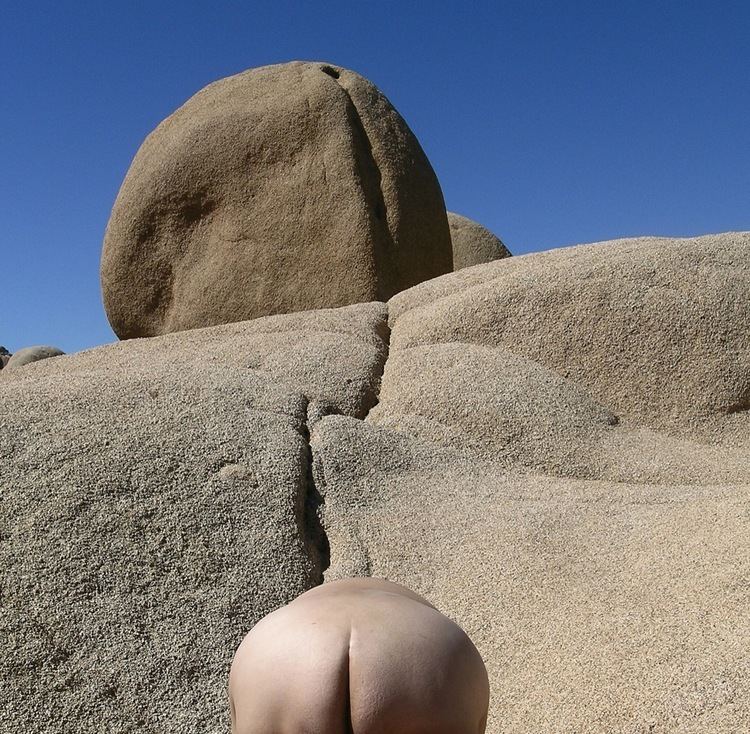Name Laura Aguilar | ||
 | ||
Laura aguilar la tv que nos gobierna
Laura Aguilar (born 1959) is an American photographer. Her work focuses on the experiences of often marginalized people such as black women, lesbians, and the obese, as well as the perception of her own body.
Contents
- Laura aguilar la tv que nos gobierna
- Les sucreries 6 the remedy feat mai lan doky laura aguilar nothoya 45 bhati bliss
- Personal background
- Career
- Critical reception
- References
Les sucreries 6 the remedy feat mai lan doky laura aguilar nothoya 45 bhati bliss
Personal background
Aguilar is the daughter of a first-generation Mexican-American father. Her mother is of mixed Mexican and Irish heritage. She has auditory dyslexia and developed an early interest in photography as a medium. She attended Shurr High School in Montebello, California, where she met Gil Cuadros, a Mexican-American poet who was diagnosed with AIDS, in 1987. Aguilar and Cuadros met in a photography class. Cuadros would accompany Aguilar to Downtown Los Angeles for pictures.
Career
Aguilar has been active as a photographer since the 1980s. She is mainly self-taught, although she studied for a time at East Los Angeles Community College and participated in The Friends of Photography Workshop and Santa Fe Photographic Workshop.
Aguilar works primarily in the genre of portraiture. Her work centers on the human form and challenges contemporary social constructs of beauty, focusing on Latina lesbians, black people, and the obese. According to critics, she often uses self-portraiture to come to terms with her own body as she challenges societal norms of sexuality, class, gender, and race. In her series Stillness (1996–99), Motion (1999) and Center (2001), she, according to critics, fuses portraiture with the genres of landscape and still life. Aguilar says that her artistic goal is "to create photographic images that compassionately render the human experience, revealed through the lives of individuals in the lesbian/gay and/or persons of color communities."
Aguilar's works have appeared in more than 50 national and international exhibitions, including the 1993 Venice Biennial, Italy; the Los Angeles City Hall Bridge Gallery, the Los Angeles Contemporary Exhibitions (LACE), the Los Angeles Photography Center, and the Women's Center Gallery at the University of California in Santa Barbara. She was a 2000 recipient of an Anonymous Was A Woman Award and the James D. Phelan Award in photography in 1995. Her work is held in a number of public collections, including ones at the Kinsey Institute for Research in Sex, Gender, and Reproduction, Indiana University, Bloomington; Los Angeles County Museum of Art; Museum of Contemporary Art, Los Angeles; and the New Museum of Contemporary Art, New York City.
Aguilar has her first retrospective scheduled at the Vincent Price Art Museum at East Los Angeles College as part of the Pacific Standard Time LA/LA series of exhibitions in 2017–18. It is being organized in collaboration with the UCLA Chicano Studies Research Center and is funded in part by the Getty Initiative.
Critical reception
Critics and scholars closely identify Aguilar's work with Chicana feminism; one writer observes that "Aguilar consciously moves away from the societally normative images of Chicana female bodies and disassociates them from male-centered nostalgia or idealizations." Chon A. Noriega, director of the Chicano Studies Research Center at University of California, Los Angeles, notes that Aguilar is unusual for the way she "collaborates with subjects who are her peers so that her works is not about power differentials between photographer and subject as is often, if implicitly the case with ... the social documentary tradition itself." Her more recent self-portraits, according to critics, navigate her personal intersection of identities as Latina, lesbian, dyslexic, and obese. Her best known series is often considered to be Latina Lesbians, (1986–89) which she started in order to help show a positive image of Latina lesbians for a mental health conference. Other popular works include Clothed/Unclothed (1990–94), Plush Pony (1992), and Grounded (2006–07), with the latter being her first body of work done in color. Reviewer A. M. Rousseau notes: "[Aguilar] makes public what is most private. By this risky act she transgresses familiar images of representation of the human body and replaces stereotypes with images of self-definition. She reclaims her body for herself."
